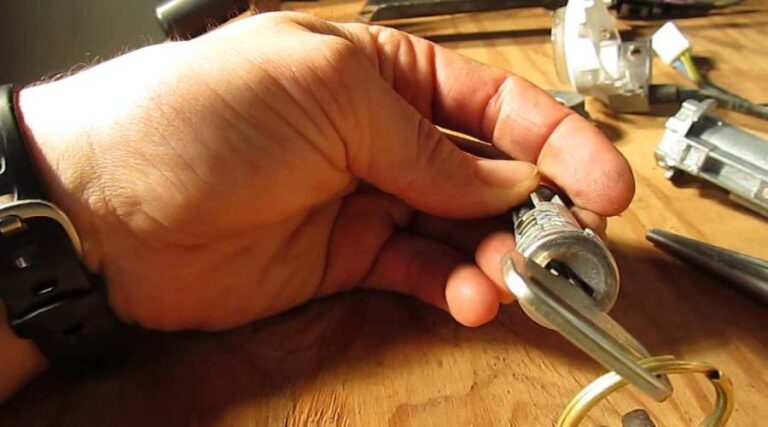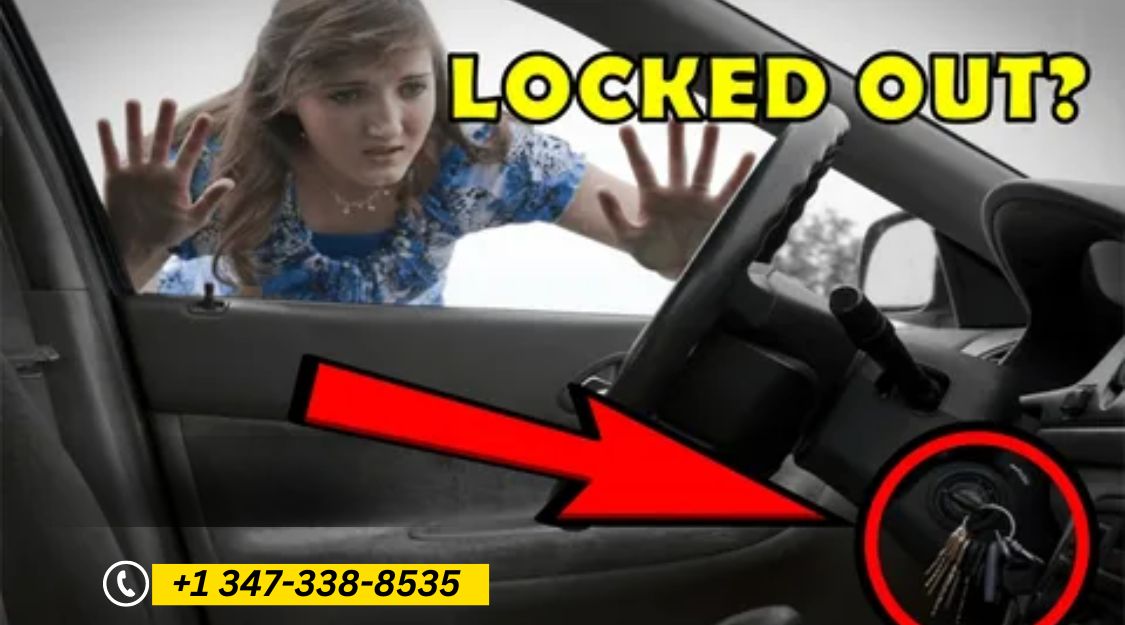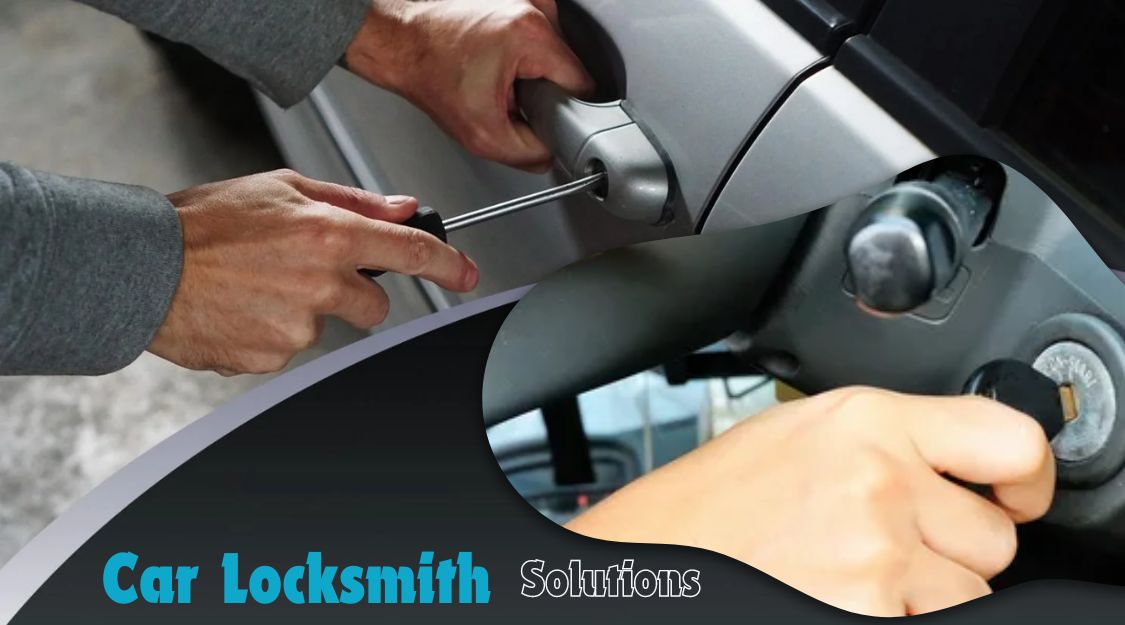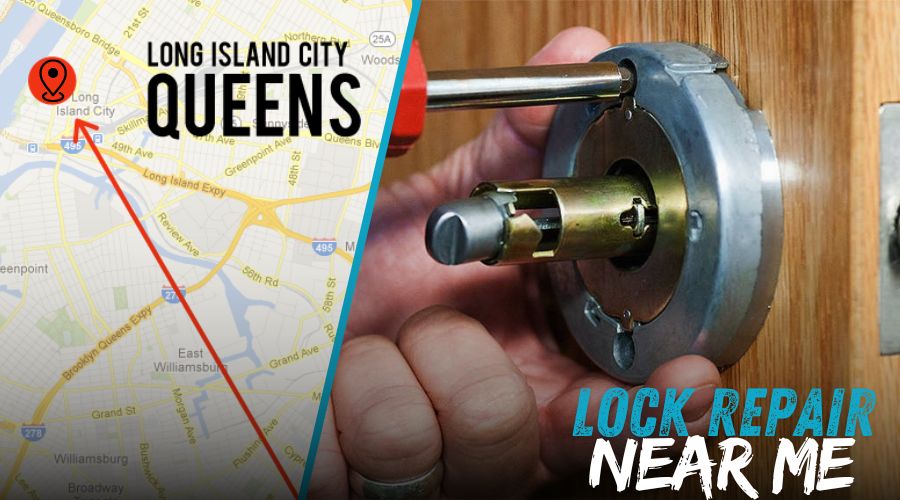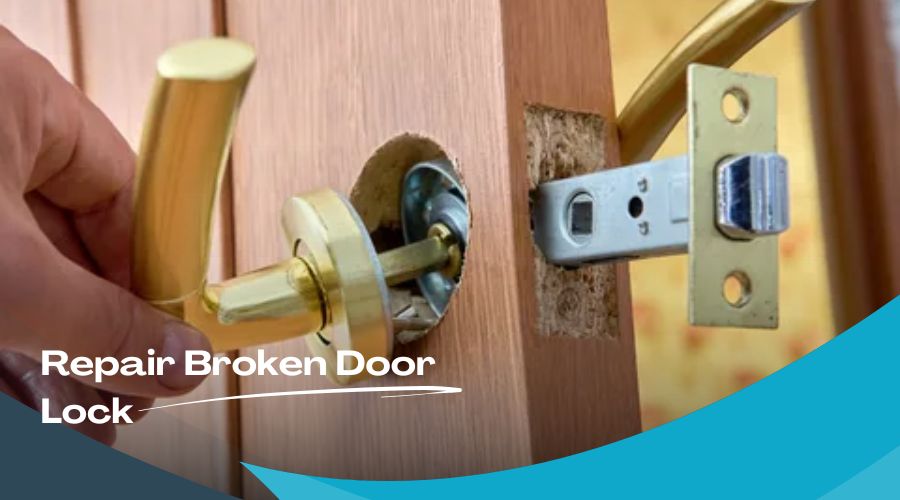Cylindrical door locks are among the most common types of locks used in residential and commercial properties. They are known for their reliability and ease of use. However, like any mechanical device, they can occasionally need repair. In this guide, we will walk you through the easy process of repairing a cylindrical door lock. Whether you’re dealing with a simple issue or a more complex problem, these steps will help you restore your lock to perfect working condition.
Tools and Materials Needed
Before starting, ensure you have the following tools and materials ready
- Screwdriver (Phillips and flat-head)
- Replacement cylinder door lock
- Lubricant (such as WD-40)
- Needle-nose pliers
- Allen wrench (if required for your lock type)
Step 1: Remove the Door Knob
First, the door knob must be removed. This is a straightforward process
- Locate the screws: These are usually found on the inside of the door.
- Unscrew the door knob: Use the appropriate screwdriver to remove the screws.
- Pull the knob off: Gently pull both sides of the knob off the door.
Step 2: Remove the Cylindrical Lock
Once the knob is removed, the next step involves taking out the cylindrical lock
- Identify the retaining screws: These screws hold the lock cylinder in place.
- Unscrew the retaining screws: Carefully remove these screws with your screwdriver.
- Extract the cylinder: Gently pull the cylinder out of the lock assembly.
Step 3: Inspect the Cylinder
Now that the cylinder is out, it is time to inspect it for damage or wear
- Check for visible damage: Look for cracks, bends, or other signs of wear.
- Clean the cylinder: Use a lubricant to clean and loosen any stuck parts.
- Evaluate the components: Ensure all parts are in good working order. If not, replacement cylinder door locks may be needed.
Step 4: Replace the Cylinder (if necessary)
If the cylinder is damaged beyond repair, it needs to be replaced
- Purchase a replacement cylinder: Ensure it matches your door lock model.
- Insert the new cylinder: Slide the new cylinder into the lock assembly.
- Secure the cylinder: Screw the retaining screws back into place.
Step 5: Reassemble the Door Knob
After repairing or replacing the cylinder, reassemble the doorknob:
- Align the knob: Place both sides of the knob on either side of the door.
- Insert and tighten the screws: Ensure the knob is securely fastened.
- Test the lock: Turn the knob and lock mechanism to ensure everything works smoothly.
Tips for Maintaining Your Cylindrical Door Lock
Regular maintenance can extend the life of your cylindrical door lock:
Maintaining your cylindrical door lock is essential for ensuring your home’s security and extending the lifespan of your lock. Regular maintenance can prevent common issues like jamming, sticking, or malfunctioning, which can leave your home vulnerable. Here are some practical tips to keep your cylindrical door lock in top condition:
Regular Cleaning
Over time, dirt and grime can accumulate in the lock mechanism, leading to difficulties in operation. To clean your lock:
Exterior Cleaning: Wipe the exterior of the lock with a damp cloth to remove dirt and fingerprints. Avoid using harsh chemicals as they can damage the finish.
Interior Cleaning: Use a compressed air canister to blow out any dust or debris from the keyhole. This helps in maintaining the smooth operation of the internal components.
Lubrication
Proper lubrication is crucial for the smooth operation of your lock.
Use Graphite Powder: Apply a small amount of graphite powder into the keyhole. Avoid using oil-based lubricants as they can attract dust and cause more buildup over time.
Lubricate Moving Parts: For the internal parts, remove the lock (if you’re comfortable with disassembling it) and apply graphite powder or a silicone-based lubricant to the moving parts.
Inspect and Tighten Screws
Loose screws can affect the alignment and functionality of your lock.
Regular Inspection: Check the screws on the lock and the door strike plate regularly. Tighten any loose screws with a screwdriver.
Check for Damage: Look for any signs of wear
Here is various information related to cylindrical door locks and locksmith services
- Cylindrical Door Lock
- Cylindrical Door Lock Installation
- Ignition Cylinder Repairs
- Door Lock Cylinder
- Replacement Cylinder Door Locks
- Change Cylinder in Door Lock
- Cylinder Door Lock Replacement
- Ignition Lock Cylinder Replacement
- Door Lock Cylinder Parts
- Locksmith Near Me
- Cylinder Door Lock Near Queens
- Lock Installation Services
- Emergency Locksmith
- Residential Locksmith
- Commercial Locksmith
- Automotive Locksmith
- Key Duplication Services
- Lock Repair Services
- Lock Replacement
- Deadbolt Installation
- Master Key Systems
- High-Security Locks
- Keyless Entry Systems
Repairing a cylindrical door lock can be a simple and rewarding task. By following these steps, you can address common issues and maintain the functionality of your lock. However, if you encounter any difficulties or need professional assistance, don’t hesitate to contact Artco Locksmith. Our experienced team is ready to help with all your lock repair needs.
Contact Artco Locksmith
Phone: +1 347-338-8535
Email: info@artcolocksmith.com
Location: Long Island City, NY
For more information on cylindrical door lock installation, cylinder repairs, and door lock cylinder parts, visit our website or give us a call. At Artco Locksmith, your security is our priority.
FAQS
Q: What tools do I need to repair a cylindrical door lock?
A: You will need a screwdriver (both Phillips and flat-head), replacement cylinder door lock, lubricant (like WD-40), needle-nose pliers, and possibly an Allen wrench, depending on your lock type.
Q: How do I remove a cylindrical door lock?
A: First, remove the door knob by unscrewing the screws on the inside of the door. Then, locate and remove the retaining screws holding the cylinder in place, and gently extract the cylinder from the lock assembly.
Q: How can I ensure I’m getting the lowest price on a cylinder lock?
A: To get the best price, compare prices across multiple websites, look for sales and discounts, and check for coupons or promotional codes.

